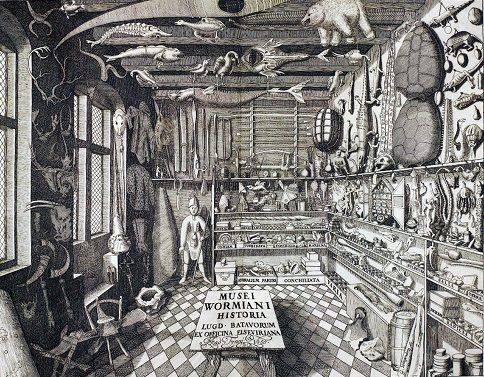- Revenue Cycle Management
- COVID-19
- Reimbursement
- Diabetes Awareness Month
- Risk Management
- Patient Retention
- Staffing
- Medical Economics® 100th Anniversary
- Coding and documentation
- Business of Endocrinology
- Telehealth
- Physicians Financial News
- Cybersecurity
- Cardiovascular Clinical Consult
- Locum Tenens, brought to you by LocumLife®
- Weight Management
- Business of Women's Health
- Practice Efficiency
- Finance and Wealth
- EHRs
- Remote Patient Monitoring
- Sponsored Webinars
- Medical Technology
- Billing and collections
- Acute Pain Management
- Exclusive Content
- Value-based Care
- Business of Pediatrics
- Concierge Medicine 2.0 by Castle Connolly Private Health Partners
- Practice Growth
- Concierge Medicine
- Business of Cardiology
- Implementing the Topcon Ocular Telehealth Platform
- Malpractice
- Influenza
- Sexual Health
- Chronic Conditions
- Technology
- Legal and Policy
- Money
- Opinion
- Vaccines
- Practice Management
- Patient Relations
- Careers
Art Collectors, Quantified
A few years ago I gave a lecture in Paris entitled, “Art: For Love or Money.†The thrust was that some people collect because they love art and others are interested in it primarily (or only) as a component of their investment portfolio. Now, these concepts have been taken further.

Ole Worm's "Musei Wormiani Historia", 1655
A few years ago, I gave a lecture in Paris entitled, “Art: For Love or Money.” The thrust was that some people collect because they love art and others are interested in it primarily (or only) as a component of their investment portfolio. Now, these concepts have been taken further.
According to a 2013 AXA Art Insurance company survey, art collectors can be divided into four major categories:
- Enthusiasts—collecting is their passion
- Fundamentalists—those who continue a family tradition
- Investors—collecting to diversify a portfolio
- Mixture—diverse motives and can’t by defined as belonging to a particular category
The first two groups are what we think of as traditional collectors. The third type is a more recent development, buying for value and anticipated increase in price. The forth division is a “waste-basket” designation for collectors who don’t belong elsewhere. What all share is an appreciation of art for its beauty and/or value.
Among those surveyed, 37% were enthusiasts, 36% fundamentalists, 24% investors and 23% a mixture. I was relieved that the largest number belonged to enthusiasts and fundamentalists, the more traditional crowd who submerge themselves in art or lived with it for a long time.
Collecting only for appreciation, the third category, is perfectly justified for high net worth individuals, though it seems cold compared to the motives of more traditional collectors. To me, it is what Steven Cohen, the legendary hedge fund manager of SEC Capital could be doing when he purchased a Giacometti sculpture for $101 million. Individuals in this category look at collecting in a methodical way based on potential appreciation rather than a craving for exquisite objects based only on beauty, rarity and historical significance.
The motives for why each group collected was summarized in the AXA Art paper. For enthusiasts, it was “collecting out of passion, an opportunity to explore one’s own personality and new contacts or friendships through art.” For fundamentalists, “preserving and promoting cultural values, owning beautiful things and surrounding themselves with them.” The investors, on the other hand, had more mercenary reasons. AXA summarized, “collecting as an investment opportunity, joy of speculating with artworks and collectable objects and the opportunity to express one’s own position in society.”
An interesting part of the survey was that 75% of the respondents were age 40-69 and male. Of these 42% were in childless relationships and 18% were single. It is possible to postulate that some of these individuals may use collecting as a substitute for family or interpersonal relationships. Yet, to my knowledge, this potentially interesting area has not been studied.
Paintings were collected by 89% of the respondents with works on paper second at 63%. Only 21% collected ceramics and porcelain.
The survey was international using data from fifteen different countries. France had the most respondents at 198 followed by Germany at 129 and the U.S. at 124. Since the survey was accomplished online, those who participated had to be computer savvy. This means the sample was not as broad as it could be if phone or personal interviews were executed. The data was collected between January 28 to February 25, 2013. The sample size was 972 individuals.
The figures gathered from this survey seem to be more representative of collectors at the higher end of the income spectrum since so many collected oil paintings, normally considered expensive compared to other collectibles. The heavy weighting toward male dominance supports this concept. Nevertheless, it is laudatory that an attempt was made to understand who collects and why, an area that has been largely neglected until recently.
